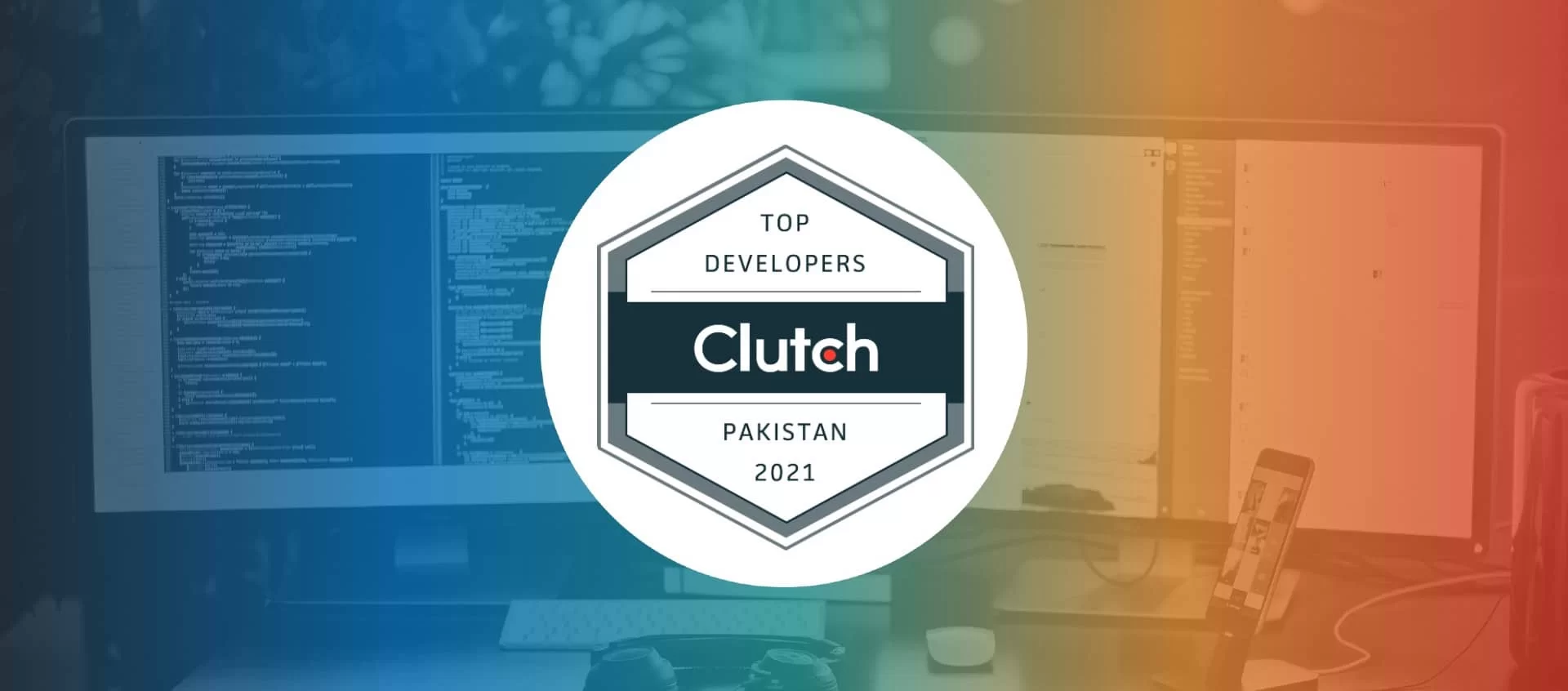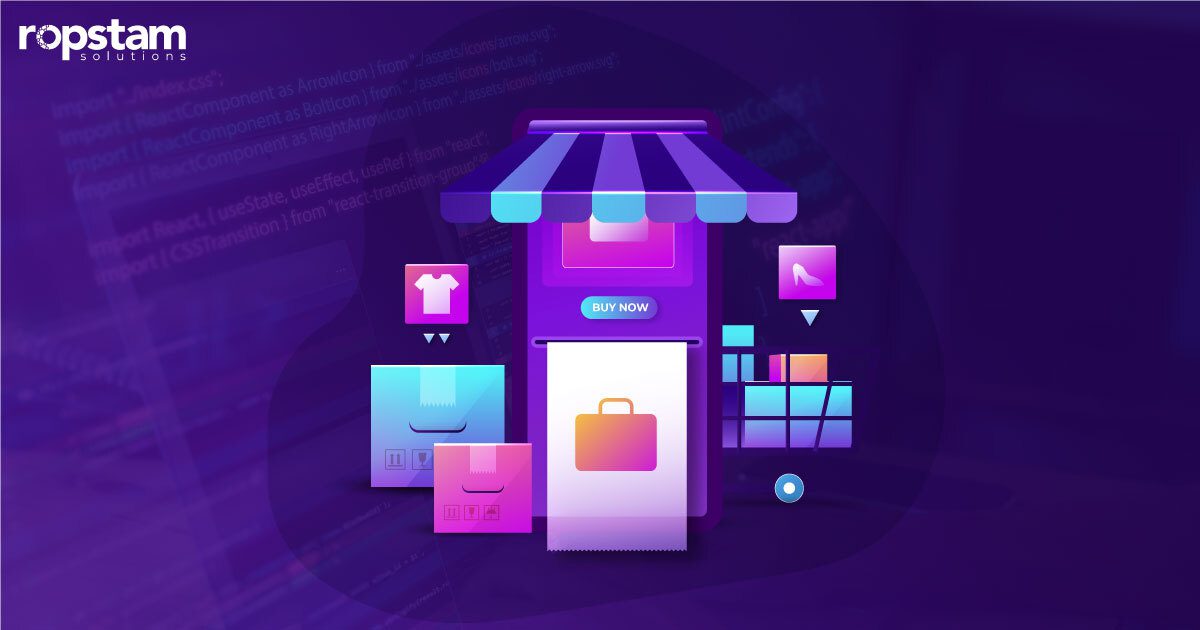The popularity of Ecommerce stores is on the rise, and so is the number of cyber attacks targeting such lucrative platforms. As per a recent report, the losses incurred by Ecommerce businesses are set to exceed $91 billion by the year 2028.
What does this mean for you as an entrepreneur? If you are planning to advertise your products by launching an online shopping store, you must be aware of the most common security attacks as well as advanced security principles to protect your Ecommerce site. This article encapsulates the most common security threats so that you can stay one step ahead of the threat actors.
Why is Ecommerce Security Important?
We are living in a world where online shopping has become the new normal, with ecommerce sales projected to hit a staggering $6.86 trillion by 2025. However, this rapid growth has also attracted a dark side: cybercriminals. A recent study reveals that online payment fraud could cost businesses up to $362 billion between 2023 and 2028. This alarming statistic underscores the critical need for robust ecommerce security.
1. Building Customer Trust
For any online business store, trust is the most valuable asset. Protecting your customers’ sensitive information, such as personal identifiers and payment details, is essential. When customers feel secure, they are more likely to return and recommend your store to others. This trust can be the differentiator that sets you apart from competitors.
2. Ensuring Smooth Performance
Want to ensure an optimized and high-performance Ecommerce website to attract customers? The key is to adopt the latest security principles. The reason? A secure website is less vulnerable to disruptions like DDoS attacks, which can lead to website downtime and lost sales.
By safeguarding your site, you ensure that your customers can shop without interruptions, leading to a better user experience and higher customer satisfaction.
3. Boosting Conversions
It goes without saying that customers are more likely to complete a purchase on a website they trust. As an Ecommerce store owner, you must remember that security badges, such as SSL certificates, can enhance your store’s credibility and give you a competitive edge. These visible indicators of security can increase your conversion rates resulting in more sales and ultimately more revenue.
6 Common Ecommerce Security Threats
Leveraging the expertise of our Shopify developers here will explain some of the well-known threats that can derail your online store:
- Financial Fraud
- Phishing
- Malware
- DDoS Attack
- Brute Force Attacks
- Account Takeover
1. Financial Fraud
Financial fraud is a significant concern for ecommerce stores. It involves unauthorized transactions that result in financial loss. This can manifest in various forms, such as credit card fraud, where criminals use stolen card information to make purchases, or identity theft, where personal data is used to open new accounts or make fraudulent transactions.
Moreover, Financial fraud can also include chargeback fraud, where customers dispute legitimate charges to get a refund, causing you to lose both the product and the payment.
Prevention Tips:
- Use advanced fraud detection tools and services to identify and block suspicious transactions.
- Implement two-factor authentication (2FA) for customer accounts to add an extra layer of security.
- Regularly monitor transaction patterns and set up alerts for any unusual activity to catch potential fraud early.
2. Phishing
Phishing attacks are designed to trick customers into revealing sensitive information, such as login credentials or financial details. Cybercriminals often use deceptive emails, fake websites, or text messages to carry out these attacks. Once they have the information, they can access customer accounts, steal funds, or use the data for identity theft. In both short and long terms, Phishing attacks can significantly damage your business’s reputation and lead to financial losses.
Prevention Tips:
Educate your customers about the signs of phishing and how to report suspicious activity. Provide clear guidelines on what to look out for.
- Email authentication techniques like SPF, DKIM, and DMARC can be used to verify the authenticity of emails.
- Implement strong password policies and encourage customers to use unique, complex passwords to make it harder for phishers to succeed.
3. Malware
Malware is any software designed to harm or exploit any programmable device or network. In the context of ecommerce, malware can infect your website, steal customer data, and disrupt operations. Common types of malware include viruses, trojans, and ransomware.
For example, a trojan might disguise itself as a legitimate app, tricking users into downloading it, and then steal sensitive information or lock you out of your own systems.
Prevention Tips:
- Use reliable antivirus and anti-malware software to detect and remove malicious code.
- Keep your website and all plugins up to date to patch known vulnerabilities.
- Regularly back up your data and test recovery procedures to ensure you can quickly restore your site in case of an infection.
4. DDoS Attack
A Distributed Denial of Service (DDoS) attack involves overwhelming your website with traffic, making it unavailable to legitimate users. This can lead to website downtime, lost sales, and a damaged reputation.
DDoS attacks are often carried out using botnets, which are networks of infected devices controlled by the attacker. These attacks can be particularly devastating if not properly mitigated.
Prevention Tips:
- Use DDoS protection services from reputable providers to mitigate the impact of these attacks.
- Implement rate limiting to restrict the number of requests from a single IP address and prevent overwhelming your server.
- Monitor network traffic for unusual patterns and set up alerts for potential attacks to take swift action.
5. Brute Force Attacks
Brute force attacks involve systematically trying every possible combination of characters to guess passwords and gain unauthorized access. The nature of such attacks means they are often automated and can quickly try thousands of password combinations. Successful brute force attacks can lead to account takeovers, data theft, and other security breaches, compromising both your business and your customers’ trust.
Prevention Tips:
- Implement strong password policies, including length and complexity requirements, to make it harder for attackers to guess passwords.
- Use account lockout mechanisms after a certain number of failed login attempts to prevent repeated guessing.
- Consider using CAPTCHAs to prevent automated login attempts and add an extra layer of security.
6. Account Takeover
Account takeover (ATO) occurs when a cybercriminal gains unauthorized access to a customer’s account. This can happen through various means, including phishing, brute force attacks, and data breaches. Once inside, the attacker can make unauthorized purchases, steal personal information, and cause significant damage to your business and your customers’ trust.
Prevention Tips:
- Implement two-factor authentication (2FA) for all customer accounts to add an extra layer of security.
- Monitor account activity for unusual behavior and set up alerts for suspicious actions to catch potential takeovers early.
- Educate customers about the importance of strong, unique passwords and the risks of reusing passwords across multiple sites to reduce the likelihood of account takeover.
Final Thoughts
As an Ecommerce site owner, staying one step ahead of cyber criminals goes a long way in ensuring the success of your business. That’s why it’s crucial to be aware of the most common cyber security threats that can cause reputational and financial damage to your brand.














